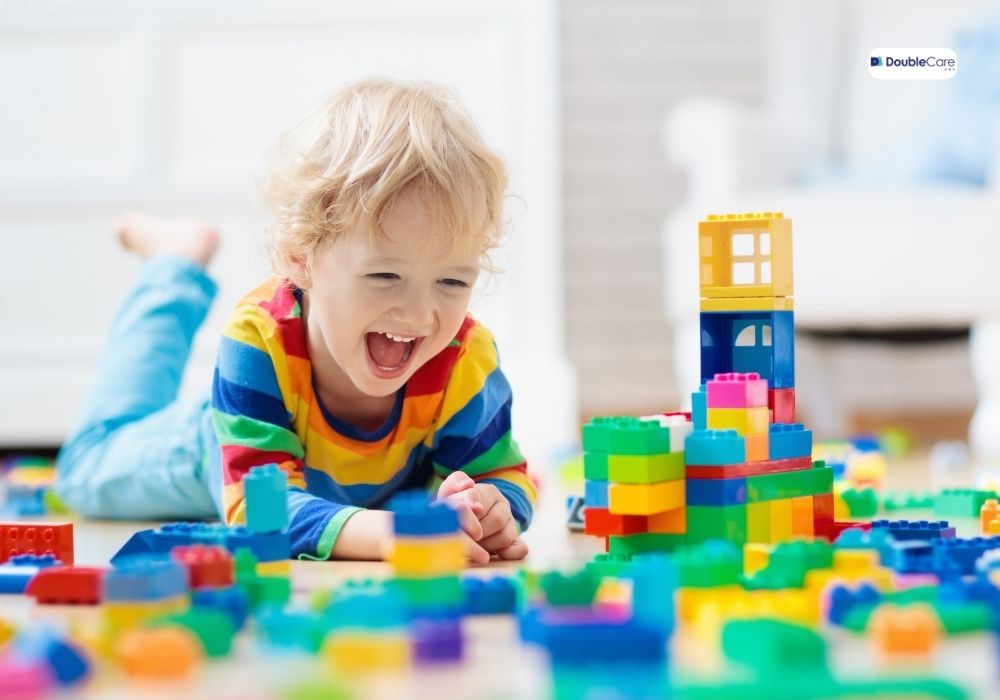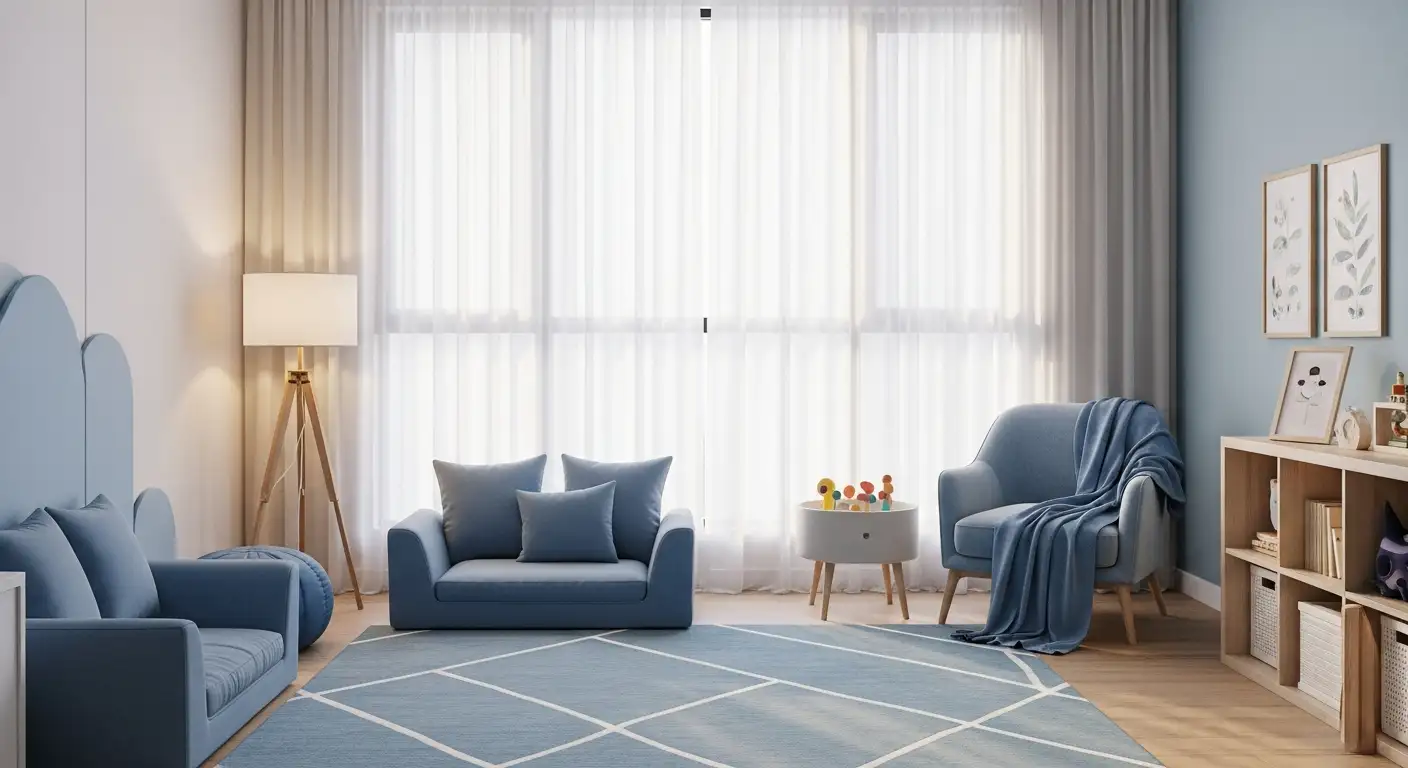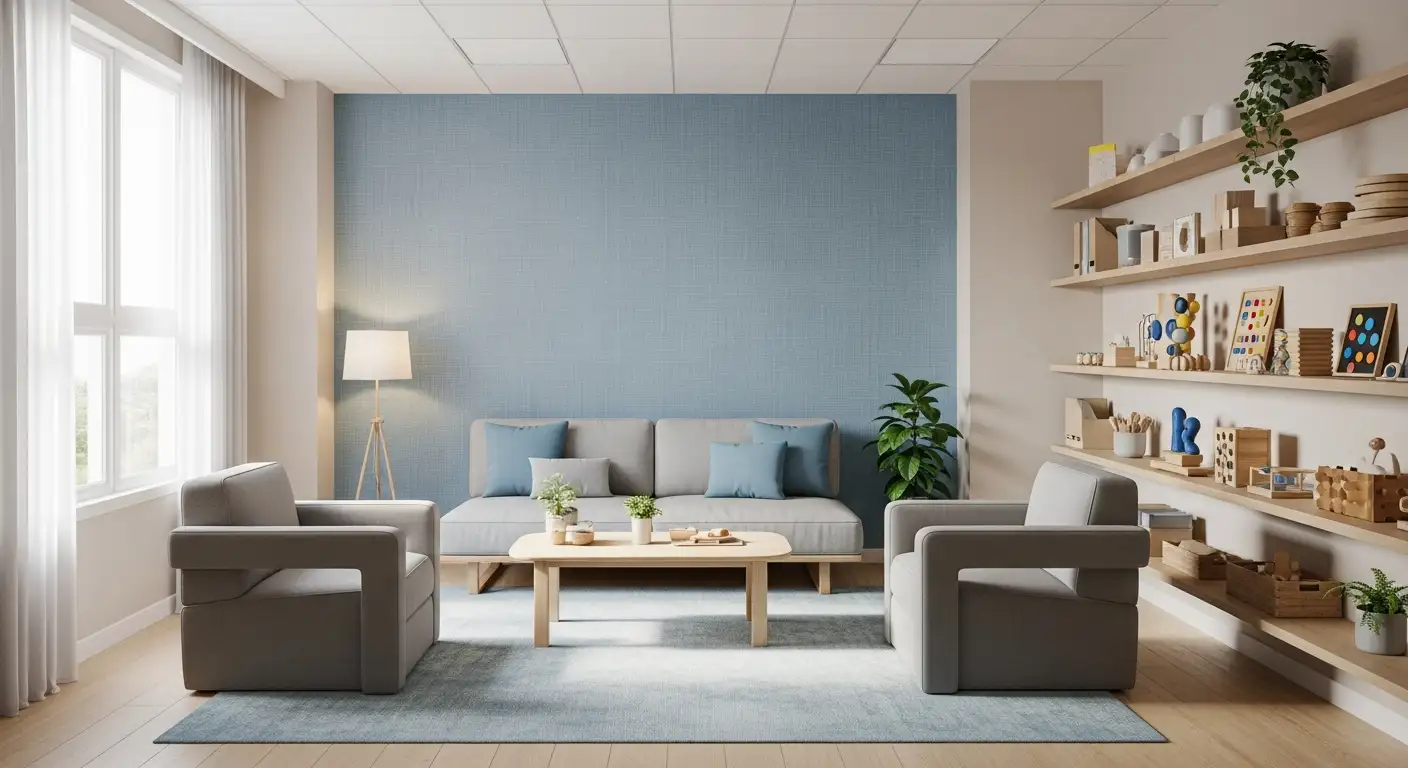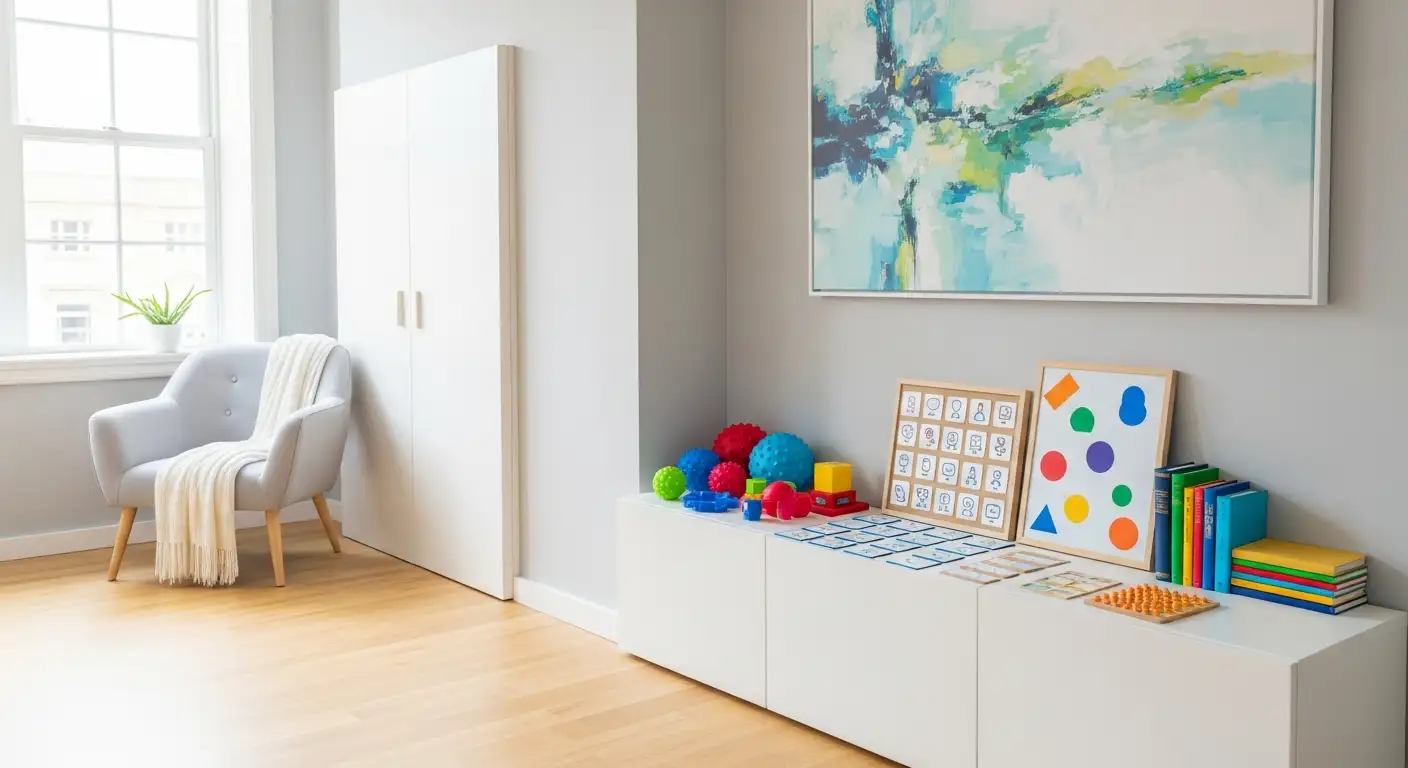Art therapy is a profound method of improving communication skills among individuals on the autism spectrum. Through creative expression and engagement with various artistic mediums, individuals can develop and enhance their ability to communicate effectively.
Introduction to Art Therapy and Communication
Art therapy is a therapeutic approach that utilizes the creative process of making art to improve one's physical, mental, and emotional well-being. For individuals with challenges in communication, such as those on the autism spectrum, art therapy offers a unique pathway to express thoughts, emotions, and ideas that may be difficult to articulate verbally.
Non-Verbal Communication Through Art
One of the significant benefits of art therapy for individuals with communication challenges is its emphasis on non-verbal communication. Through painting, drawing, sculpture, or other forms of artistic expression, individuals can convey complex emotions and concepts without relying solely on words. This non-verbal communication can serve as a bridge to understanding and connecting with others, fostering meaningful interactions and relationships.
Developing Emotional Awareness and Expression
Art therapy also helps individuals with autism develop emotional awareness and expression. By engaging in creative activities, individuals can explore and process their feelings in a safe and supportive environment. This process not only enhances emotional regulation but also provides a means to communicate inner experiences that may otherwise be challenging to verbalize.
Improving Social Skills and Interaction
Art therapy sessions often involve group settings, providing opportunities for individuals to practice social skills and interaction. Collaborative art projects encourage communication, cooperation, and sharing among participants, fostering a sense of belonging and community. These interactions help individuals with autism navigate social situations more confidently and effectively.
Enhancing Cognitive Abilities
Engaging in art-making stimulates various cognitive functions, such as problem-solving, decision-making, and critical thinking. These skills are essential for effective communication in daily life. Art therapy encourages individuals to explore different perspectives, think creatively, and adapt their communication style based on the context, thereby enhancing their overall cognitive abilities.

Building Confidence and Self-Esteem
For individuals with autism, who may face challenges in traditional forms of communication, art therapy provides a platform to build confidence and self-esteem. Success in creating artwork, expressing ideas visually, and receiving positive feedback from peers and therapists can significantly boost self-confidence. This newfound confidence extends beyond art therapy sessions, empowering individuals to communicate more assertively in various settings.
Enhancing Self-Expression and Identity
Art therapy encourages individuals with autism to explore their unique identities and express themselves authentically. Through art-making, individuals can communicate aspects of their personality, interests, and experiences that may not be easily conveyed through verbal communication alone. This process of self-expression fosters a deeper understanding of oneself and promotes a sense of identity and self-awareness.
Addressing Communication Challenges
Art therapy sessions often incorporate structured activities designed to address specific communication challenges faced by individuals with autism. For example, therapists may use visual prompts, storytelling through images, or role-playing exercises to help individuals practice initiating conversations, maintaining eye contact, or interpreting social cues. These activities provide practical skills that can be transferred to real-life communication scenarios.
Reducing Anxiety and Stress
Many individuals with autism experience heightened levels of anxiety and stress, particularly in social situations or when faced with communication difficulties. Art therapy serves as a therapeutic outlet for managing these emotions by providing a calming and soothing environment. Engaging in creative activities can reduce anxiety levels, promote relaxation, and improve overall emotional well-being, thereby creating a more conducive atmosphere for effective communication.
Tailoring Therapy to Individual Needs
Art therapy is highly adaptable and can be tailored to meet the unique needs and preferences of each individual with autism. Therapists collaborate closely with clients to design sessions that align with their communication goals, interests. This personalized approach ensures that individuals feel comfortable and engaged during therapy, maximizing the therapeutic benefits of artistic expression.
Integrating Art Therapy into Daily Life
Beyond therapy sessions, the skills and strategies learned through art therapy can be integrated into daily life to support ongoing communication development. For example, individuals may use drawing or painting as a means to express emotions during times of stress or difficulty. Visual aids and creative storytelling techniques learned in therapy can also be applied to improve communication in educational settings, workplace environments, and social interactions.
Research and Evidence-Based Benefits
Numerous studies have demonstrated the positive impact of art therapy on communication skills among individuals with autism. Research indicates improvements in verbal and non-verbal communication abilities, increased social engagement, and enhanced emotional regulation following art therapy interventions. These findings underscore the efficacy of art therapy as a valuable adjunctive treatment for addressing communication challenges associated with autism spectrum disorder.
Conclusion
In conclusion, art therapy represents a multifaceted approach to improving communication skills in individuals with autism. By promoting self-expression, addressing communication challenges, reducing anxiety, offering personalized interventions, facilitating skill integration into daily life, and substantiating its benefits through research, art therapy emerges as a holistic and effective intervention for enhancing communication abilities. Embracing creativity as a means of communication empowers individuals on the autism spectrum to forge meaningful connections, navigate social interactions, and cultivate a deeper sense of self within the broader community.To learn more about how art therapy and Applied Behavior Analysis (ABA) therapy can benefit individuals with autism, visit us at Double Care ABA. Discover personalized therapy solutions that cater to your needs and support your journey towards improved communication and overall well-being.
FAQs
How does art therapy improve communication for individuals with autism?
Art therapy provides a non-verbal means of expression through painting, drawing, sculpture, and other artistic mediums. It helps individuals convey complex emotions and ideas that may be difficult to articulate verbally, thereby improving overall communication skills.
What are the benefits of non-verbal communication in art therapy?
Non-verbal communication in art therapy allows individuals to express themselves without relying solely on words. This form of expression serves as a bridge to understanding and connecting with others, facilitating meaningful interactions.
How does art therapy help in developing emotional awareness and expression?
By engaging in creative activities, individuals with autism can explore and process their emotions in a supportive environment. Art therapy enhances emotional regulation and provides a safe outlet to communicate inner experiences effectively.
Can art therapy improve social skills and interaction?
Yes, art therapy sessions often involve group settings where individuals can practice social skills, cooperation, and sharing. Collaborative art projects promote communication and community, helping individuals navigate social situations more confidently.
Does art therapy enhance cognitive abilities?
Engaging in art-making stimulates cognitive functions such as problem-solving and critical thinking. These skills are essential for effective communication in daily life, encouraging individuals to think creatively and adapt their communication style based on different contexts.
How does art therapy boost confidence and self-esteem?
Success in creating artwork and receiving positive feedback can significantly boost self-confidence. For individuals with autism who may struggle with traditional forms of communication, art therapy provides a platform to express ideas and receive validation, thereby enhancing self-esteem.
Can art therapy help in enhancing self-expression and identity?
Yes, art therapy encourages individuals to explore their unique identities and express themselves authentically. Moreover, art-making enables individuals to communicate aspects of their personality and experiences that they may not easily convey verbally. Consequently, this promotes self-awareness and a sense of identity.
How does art therapy address specific communication challenges?
Art therapy sessions often incorporate structured activities like visual prompts and role-playing exercises to help individuals practice initiating conversations, maintaining eye contact, and interpreting social cues. Furthermore, these activities provide practical skills that can be applied to real-life communication scenarios.
Does art therapy help in reducing anxiety and stress?
Yes, engaging in creative activities can reduce anxiety levels and promote relaxation. Additionally, art therapy provides a calming and soothing environment for individuals with autism. As a result, it becomes easier to manage emotions and focus on effective communication.
How can art therapy be personalized for individuals with autism?
Art therapy is highly adaptable and can be tailored to meet individual needs and preferences. Additionally, therapists collaborate closely with clients to design sessions that align with communication goals, thereby ensuring a comfortable and engaging therapeutic experience.
How can skills learned in art therapy be integrated into daily life?
Individuals can apply skills and strategies learned in art therapy, such as drawing to express emotions or using visual aids for communication, in various settings. This integration supports ongoing communication development in educational, workplace, and social environments.
What does research say about the effectiveness of art therapy for individuals with autism?
Research indicates that art therapy improves both verbal and non-verbal communication abilities, enhances social engagement, and promotes emotional regulation among individuals with autism. These findings highlight art therapy as a valuable adjunctive treatment for addressing communication challenges associated with autism spectrum disorder.














